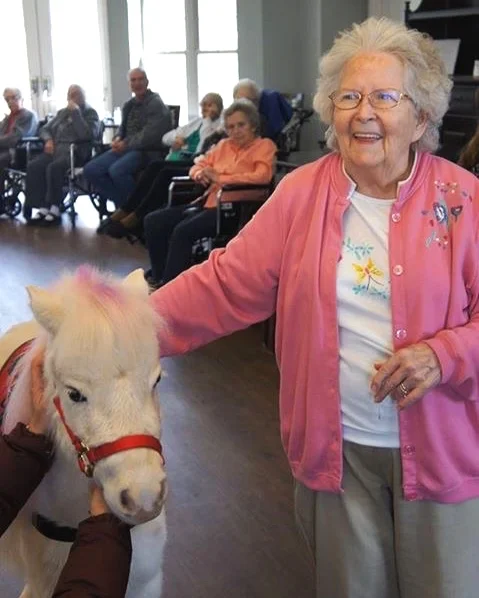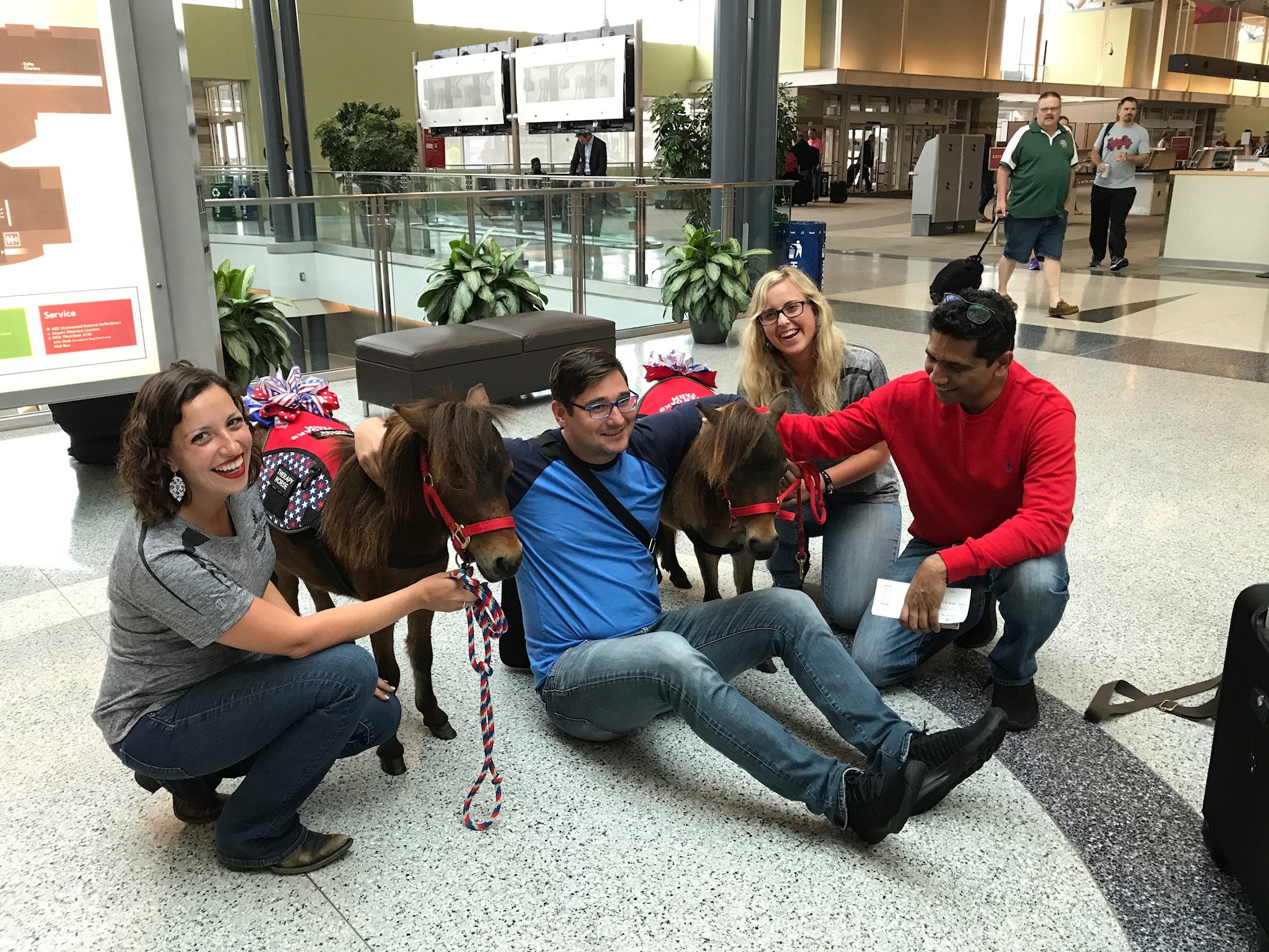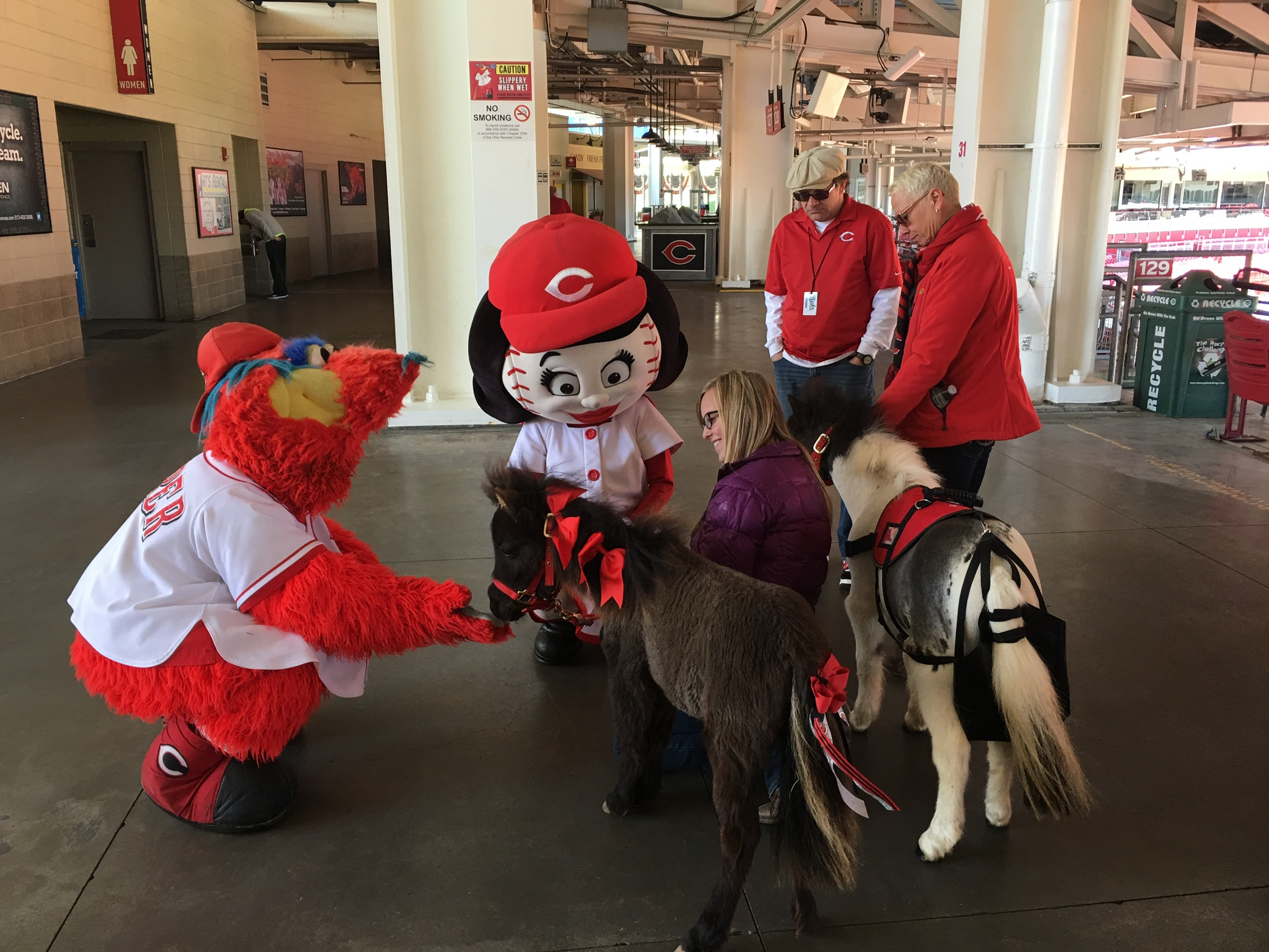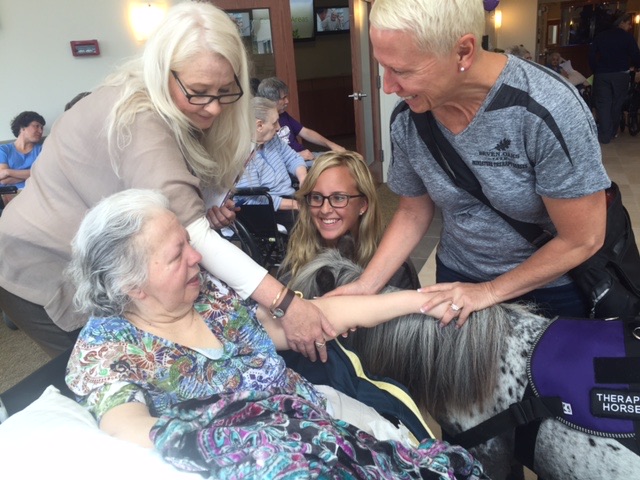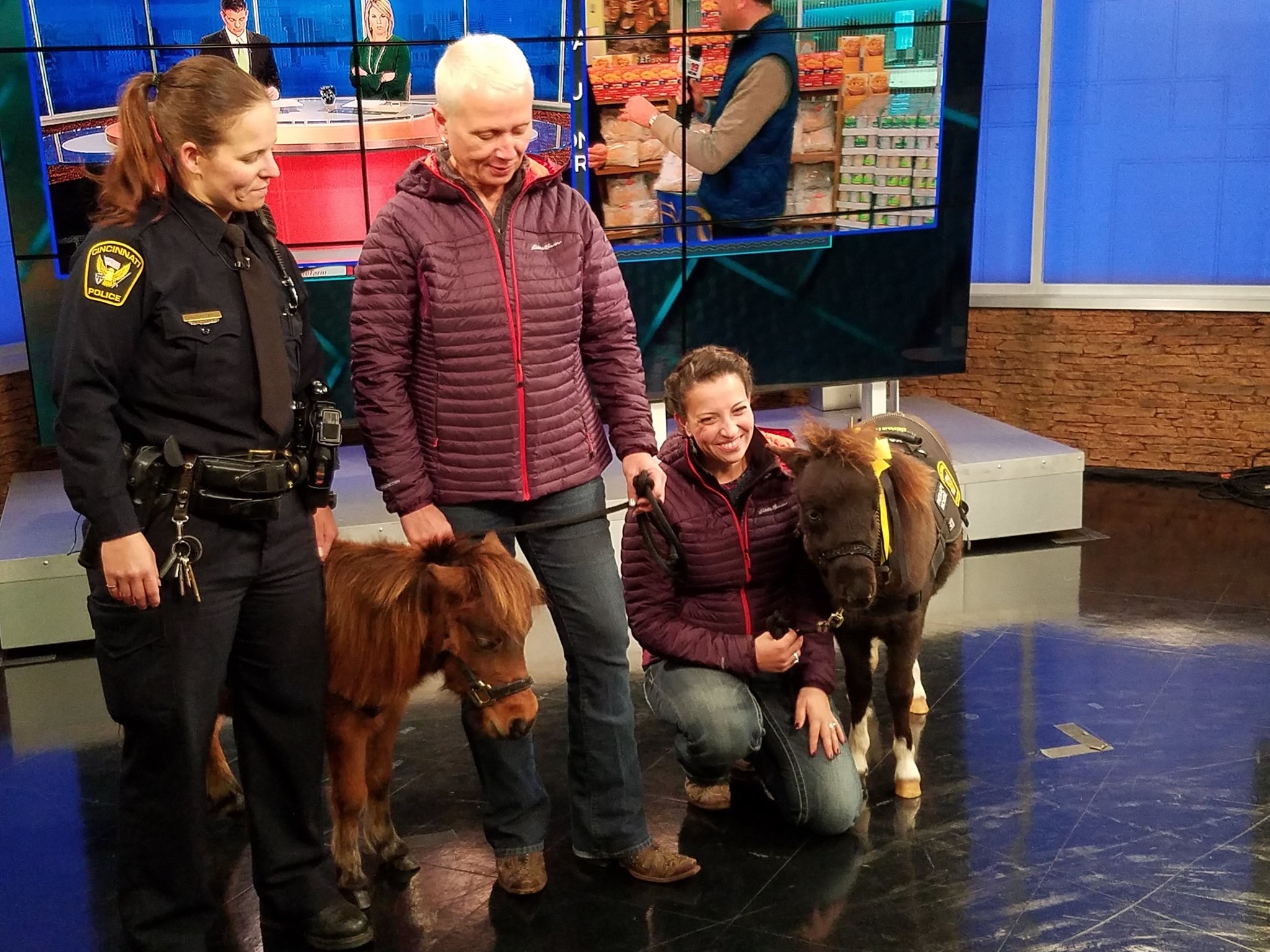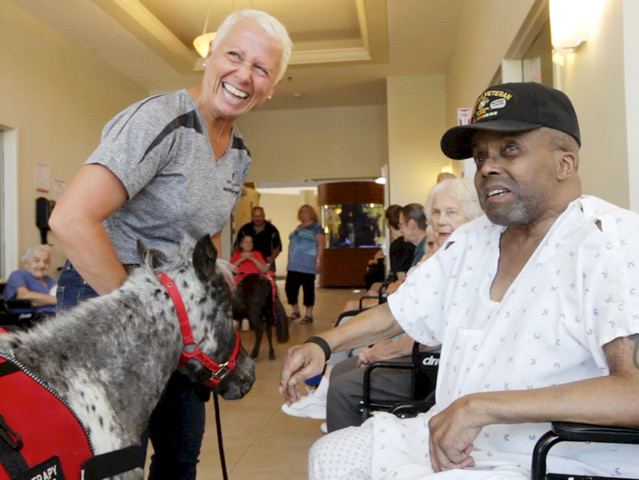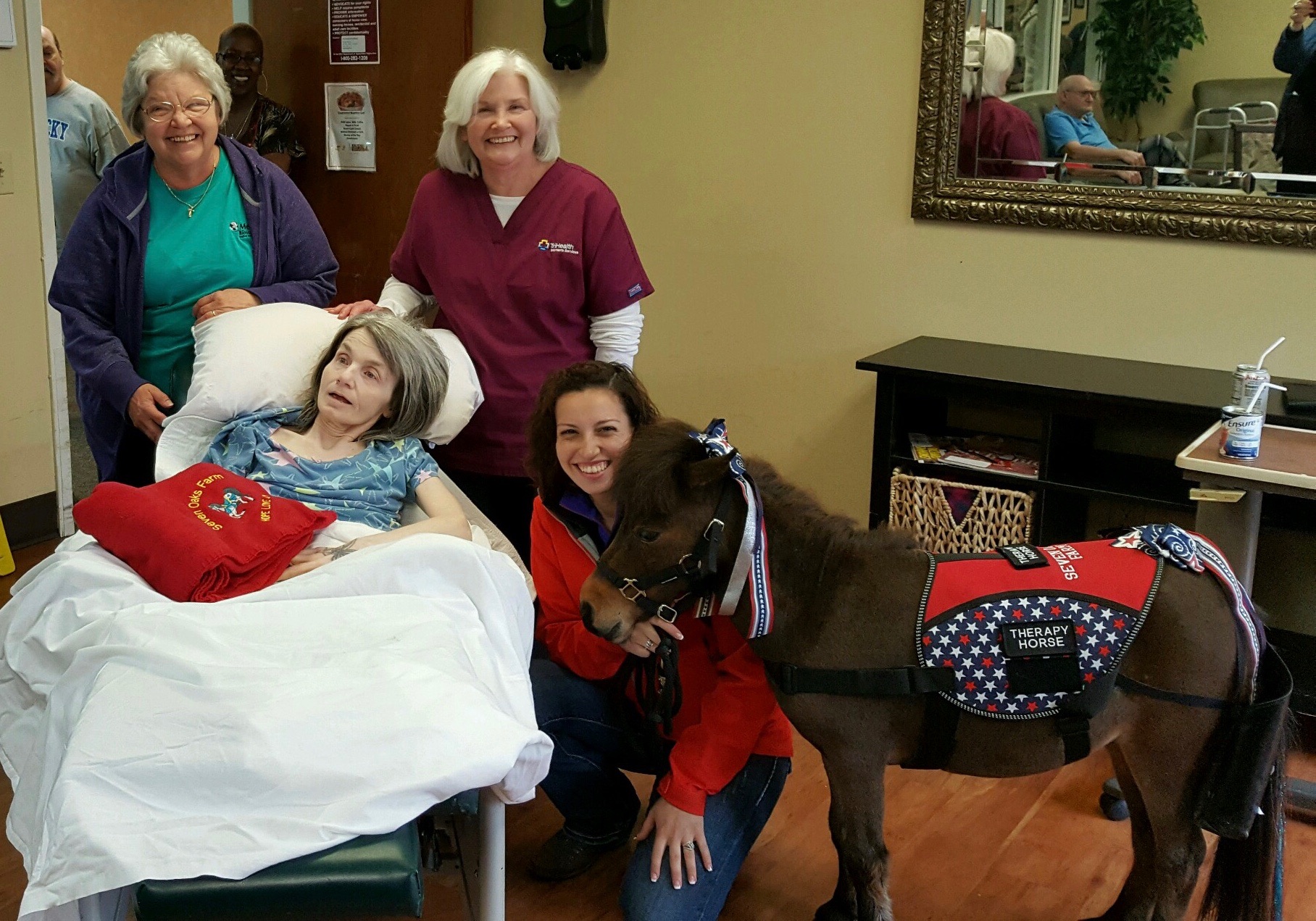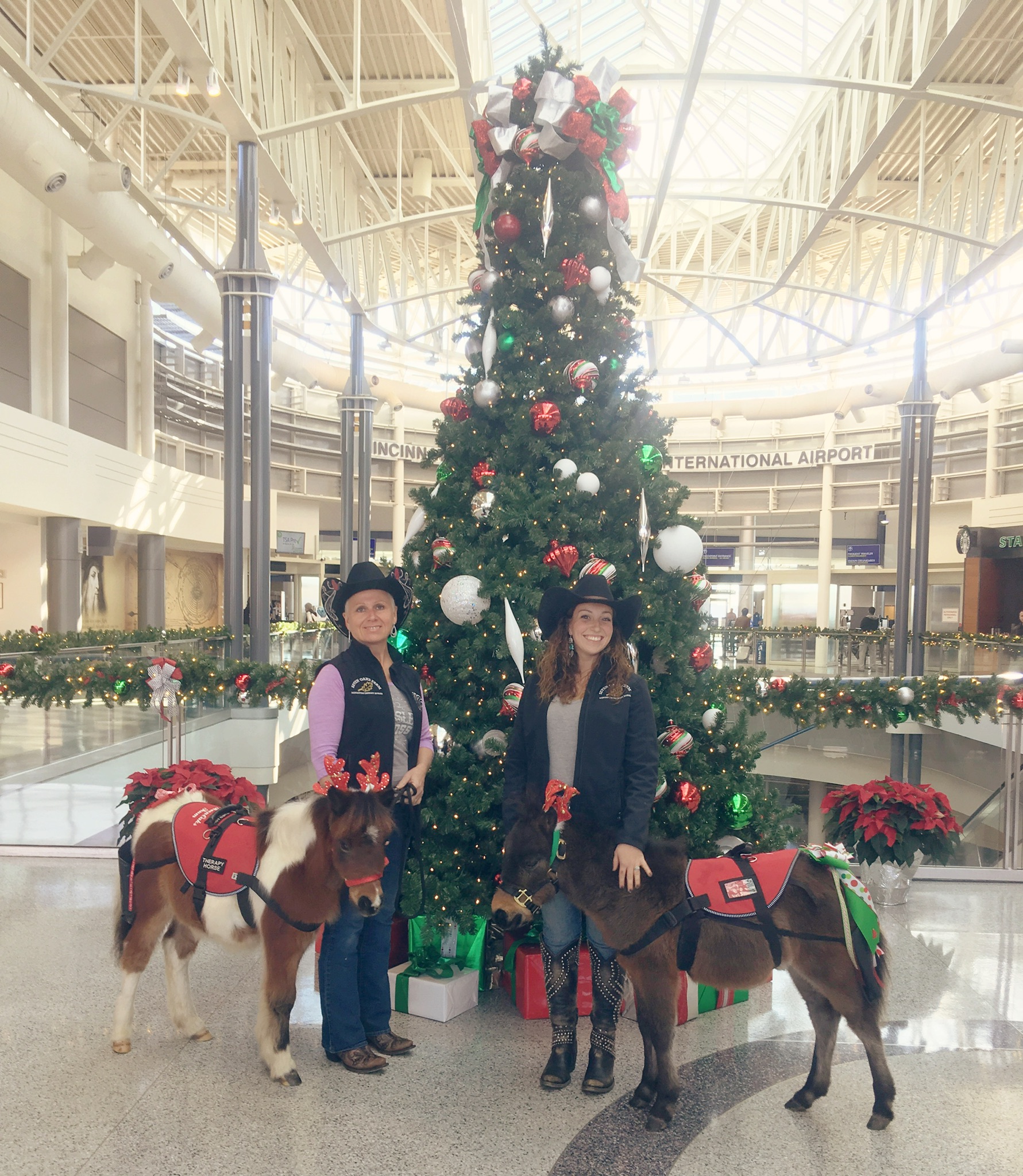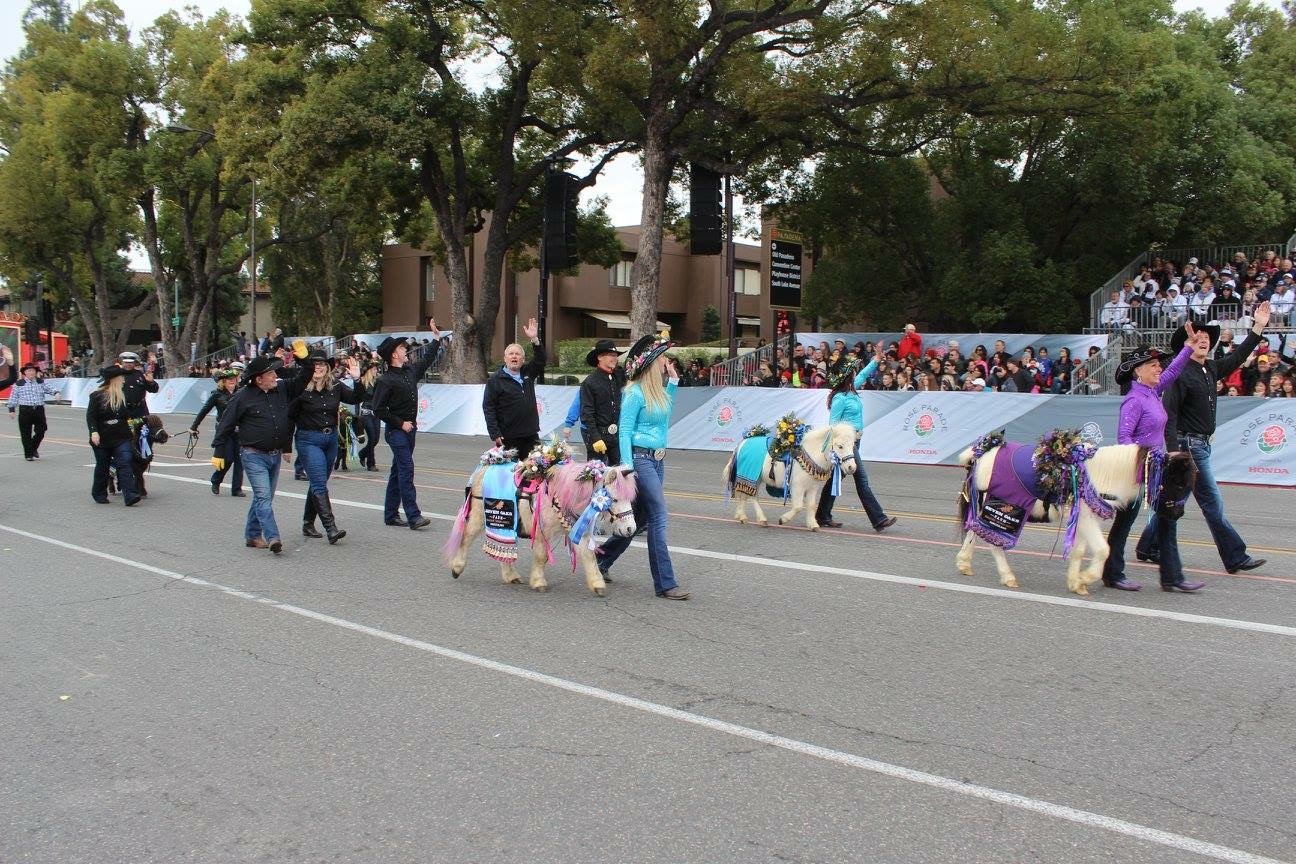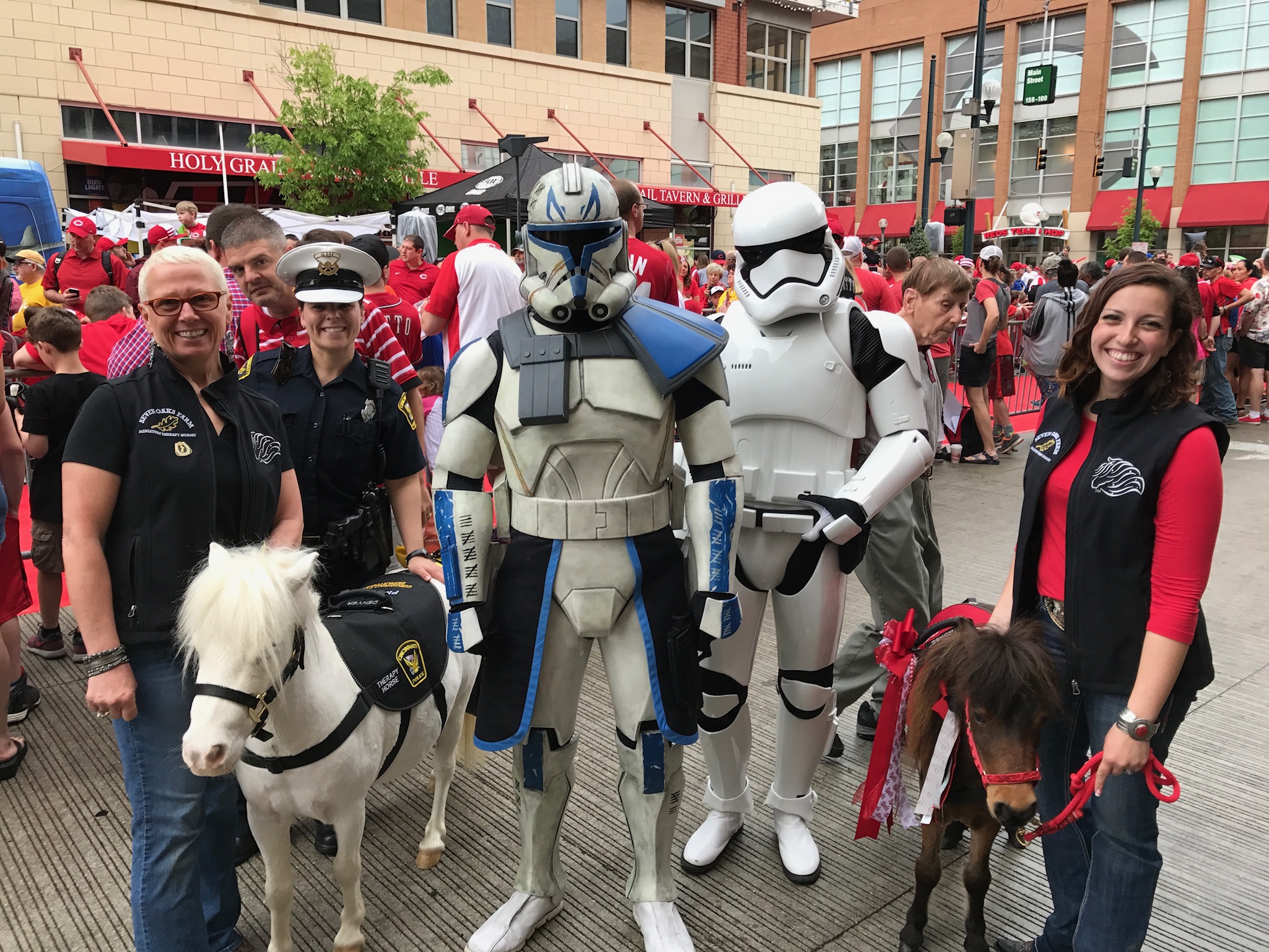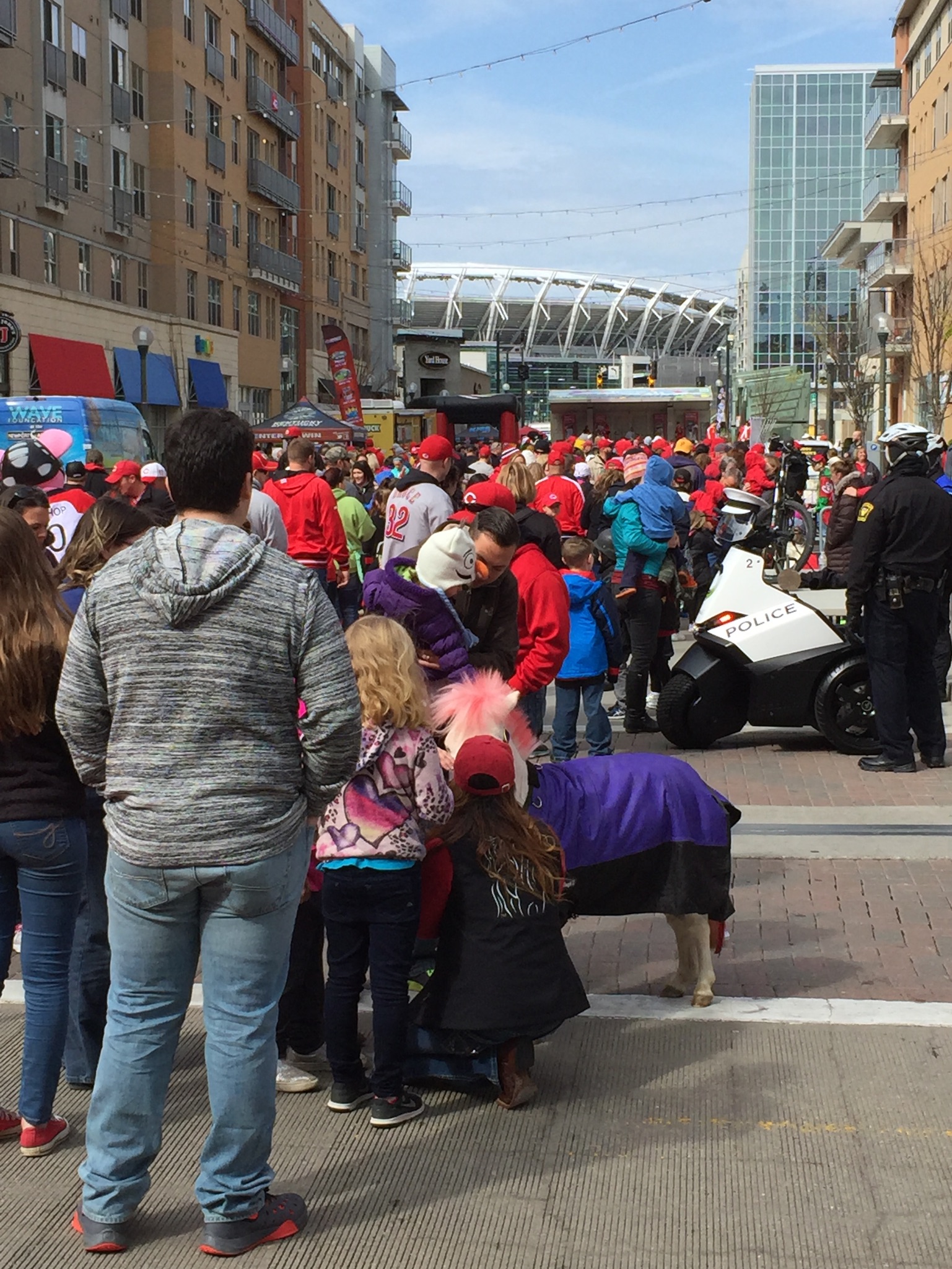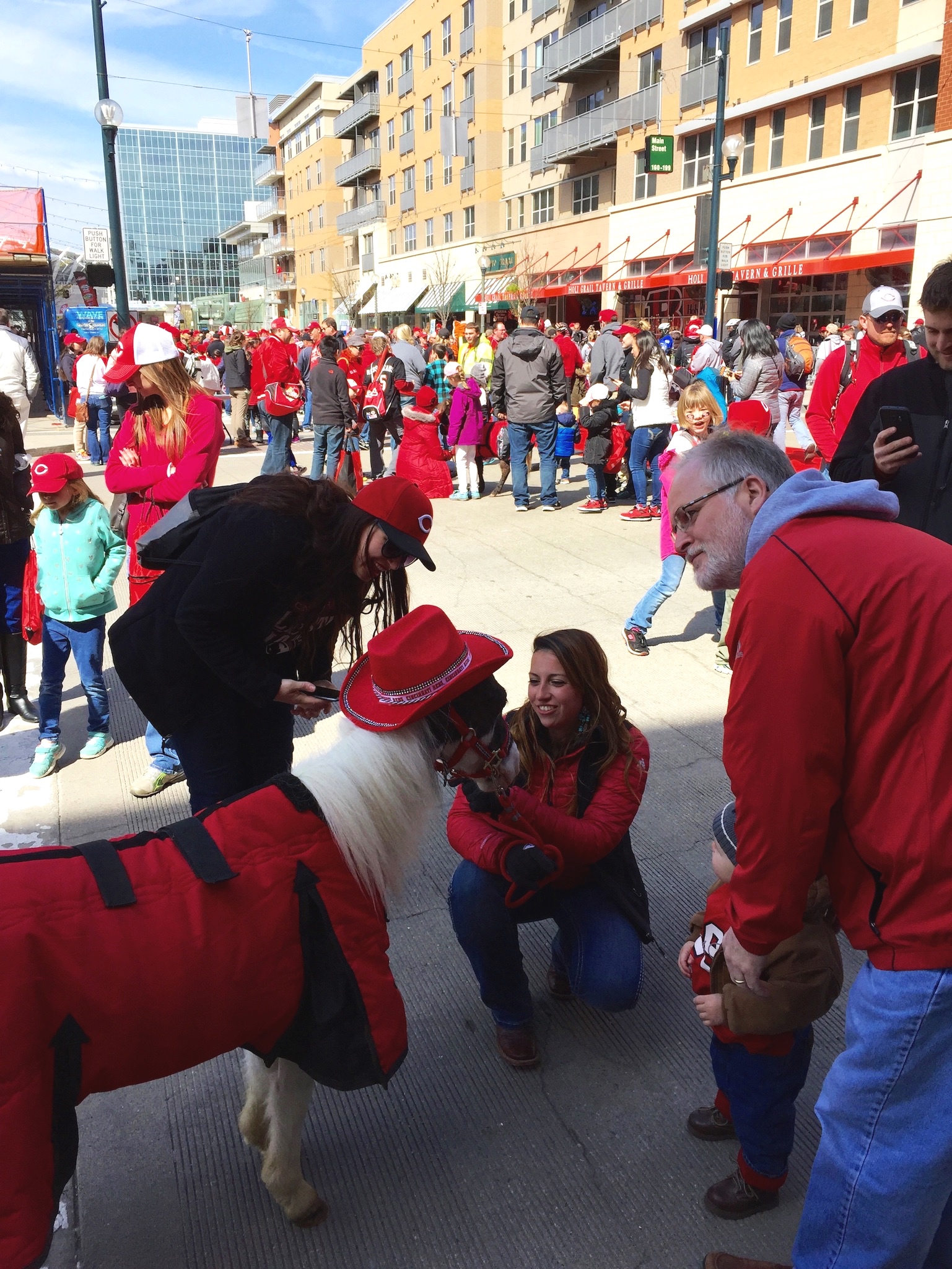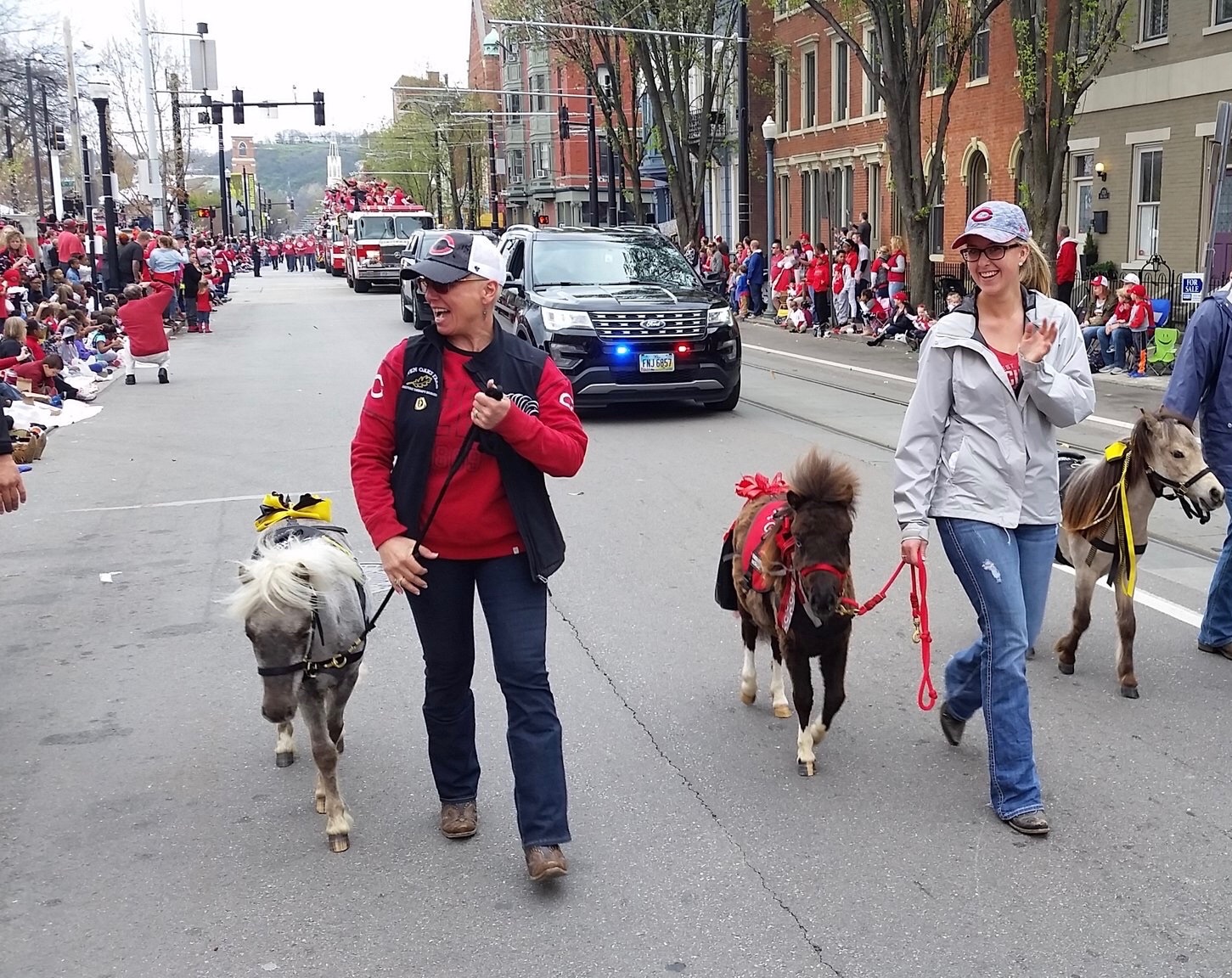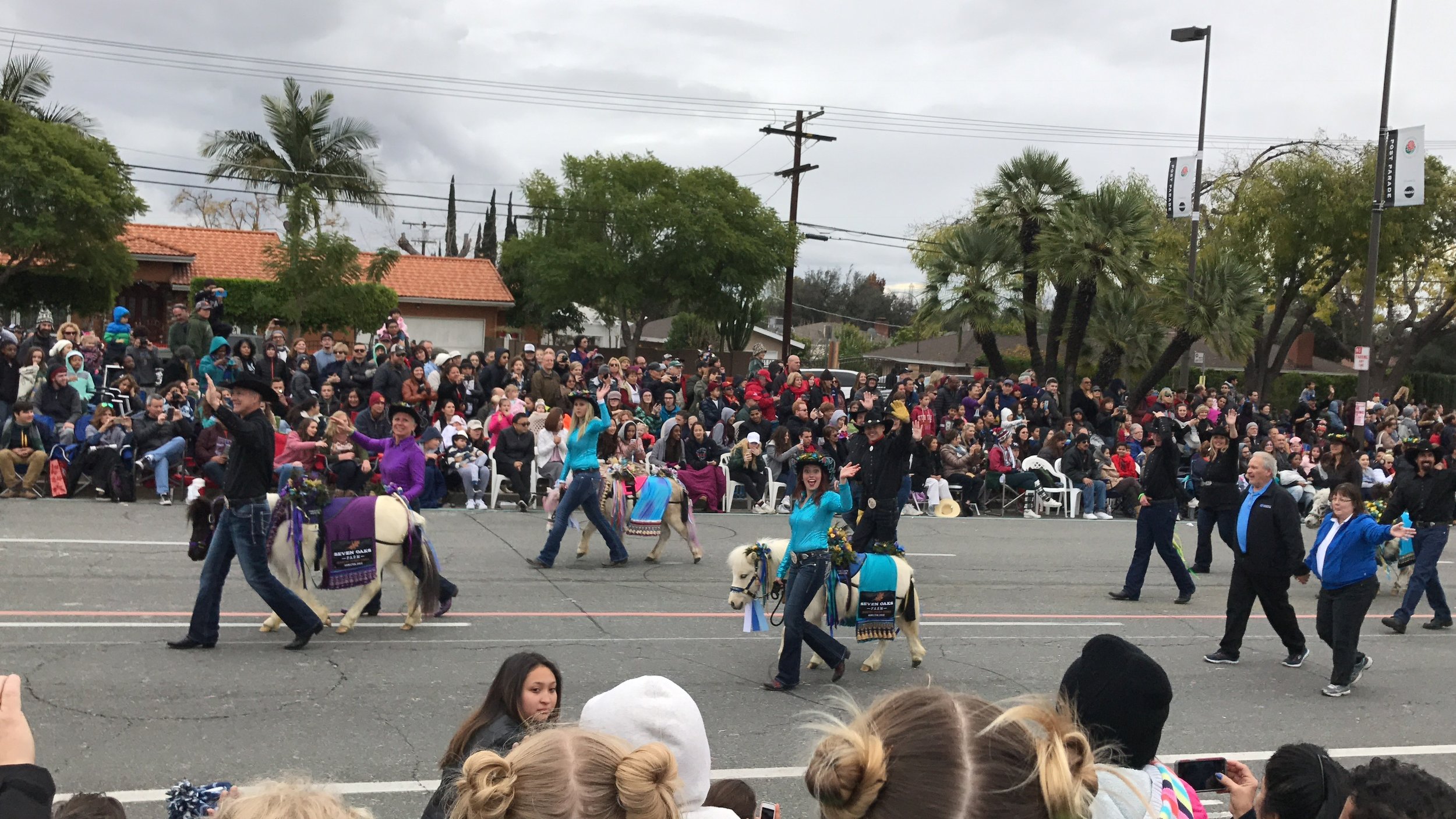Therapy Horse Registration
Register your MINIATURE THERAPY HORSE THRu us!
There are 4 levels in our registration ranging from Apprentice to Master. The Apprentice is designed to test your horses’ ability to overcome obstacles and mark it ready to begin making visits. Each level must be mastered before advancement to the next.
Detailed logs are required for each level + pictures, as well as videos for levels requiring visit hours.
Horses advance through the levels of registration as they acquire:
a specified number of visits,
a minimum amount of visit hours,
total training hours, and
advance in the level of difficulty.
We’ve classified visits into two categories: soft visits and hard visits. A typical soft visit is a visit to your local Rural King or Home Depot as well as simple assisted living facility visits. These interactions are based on just a few people to see at a time and slow movement. Our medium impact visits start to move from day to night time visits, kids events and quicker movement. These visits can be stressful on horses if they’re not exposed through the process. The hard visits are reserved for advanced and master level registrations because of the quick movement, crowds of people visiting, and unknown atmospheres. The Master Level Registered horse succeeds in one-on-one visits, yet also feels comfortable with large crowds and loud music.
REGISTRATION LEVELS
LEVEL I: The Apprentice Registration
Level I is designed to test the horse’s competency in various situations. The horse is required to maintain a sense of ease and order and show no signs of intense fear like rearing, kicking, biting or refusing a command by its handler. The handler is expected to show they have an understanding of the horse’s behaviors and is at the horse’s side as a leader and advocate.
Level II: The Intermediate Registration
Level II is designed to test the horse’s ability to do soft visits while still having the ability to pass the Level I requirements. The horse is expected to accept simple petting and behave during visits with residents, kids, or other people. The handler is expected to be the horse’s leader and advocate, as well as communicate effectively with people during visits.
Level III: The Advanced Registration
Level III is designed to test the horse during more stressful visits at daytime or nighttime events while still having the ability to pass the Level I and II requirements. The horse is expected to visit with people in closer proximity as well as deal with shadows and night lights. The handler is expected to be the horse’s leader and advocate, communicate effectively with people during visits, and always be aware of the horses’ behavior.
Level IV The Master Registration
Level IV is designed to test the horse during high stressful visits as well as parades while still having the ability to pass the Level I, II, and III requirements. The horse is expected to be able to go into most all situation with ease or little introduction to a new situation because the training has been intensive. The handler must have a keen eye and be aware of their surroundings, while also advocating for the horse. The handler is, as always, expected to be the horse’s leader, communicate effectively with people during visits, and have an ability to control and lead the horse during any circumstance.
*Very few horses reach and maintain this level of registration.
Each level has a very specific set of criteria and requirements.
The level are sequential, with Level I as the foundation and Level III and IV as more advanced. You begin with Level I to attain Level II, from Level II you gain more skills and move on to Level III. From Level III you will build even more skills and move to Level IV. Most horses will perform their duties from skills gained in Level I or II.
The level indicates the type of training a horse has to best thrive in a particular atmosphere.
Some horses will always stay at Level II, because the horse prefers one on one interaction with people. Other horses will be placed in the Level III or IV registration because the horse enjoys parades, high energy, lots of commotion, and large crowds of people. Evaluation during training will help determine proper registration and placement for each therapy horse.
The average age that a horse will start training will vary.
This is highly dependent upon the particular horse and their handler. The horse must be at least 6 months of age before you test for a Level I Registration; which means you can start training as early as you feel appropriate. The length of time to train for the different levels will depend on your horses’ abilities as well as your abilities as a trainer. Of course, all the time is affected by how much you are able to get your horse out to do all that has to be done.
You are responsible for keeping logs on training and visit hours, vet records, as well as pictures and videos of your activity with your horse. All these will be explained in detail in each level of registration.


